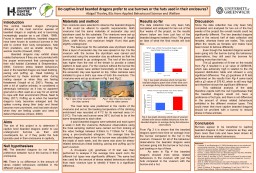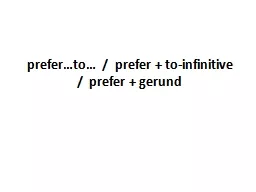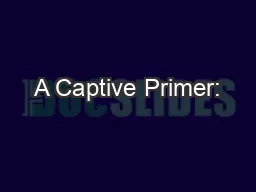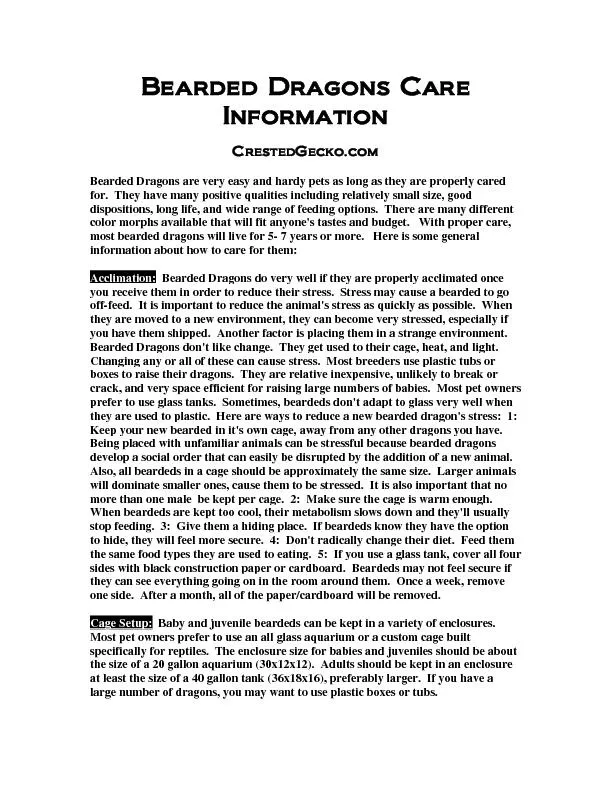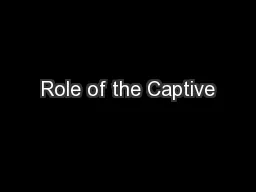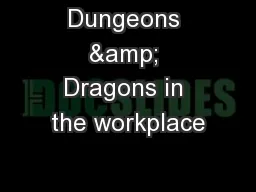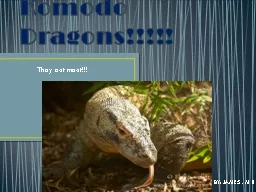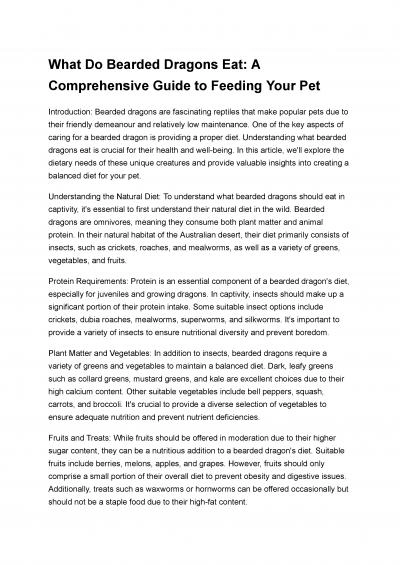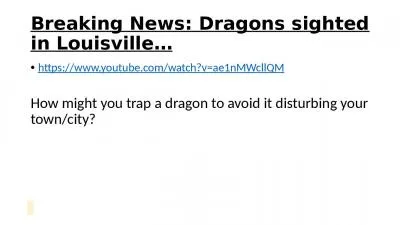PPT-Do captive-bred bearded dragons prefer to use burrows or the huts used in their enclosures?
Author : phoebe | Published Date : 2023-05-27
Abigail Thorley BSc Hons Applied Behavioural Science and Welfare Introduction The central bearded dragon Pongona vitticeps is the most common species of bearded
Presentation Embed Code
Download Presentation
Download Presentation The PPT/PDF document "Do captive-bred bearded dragons prefer t..." is the property of its rightful owner. Permission is granted to download and print the materials on this website for personal, non-commercial use only, and to display it on your personal computer provided you do not modify the materials and that you retain all copyright notices contained in the materials. By downloading content from our website, you accept the terms of this agreement.
Do captive-bred bearded dragons prefer to use burrows or the huts used in their enclosures?: Transcript
Download Rules Of Document
"Do captive-bred bearded dragons prefer to use burrows or the huts used in their enclosures?"The content belongs to its owner. You may download and print it for personal use, without modification, and keep all copyright notices. By downloading, you agree to these terms.
Related Documents

